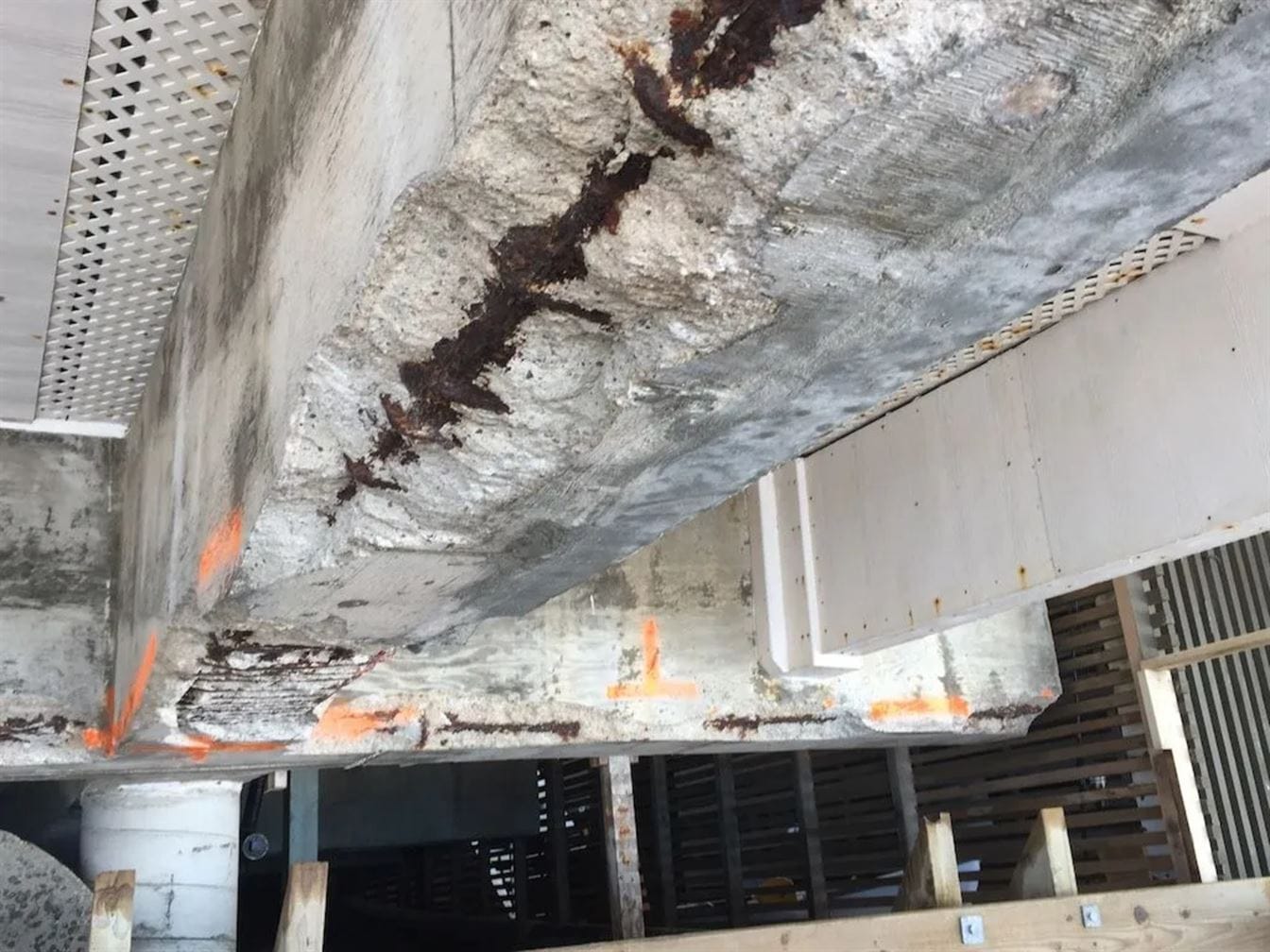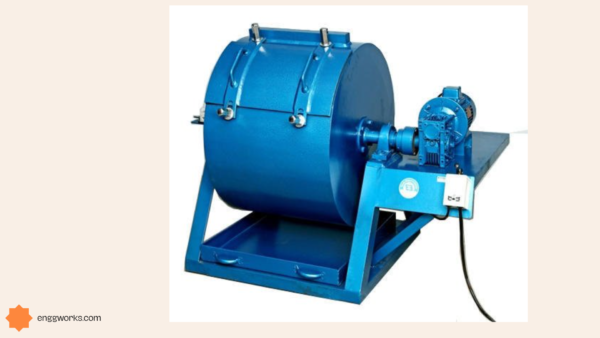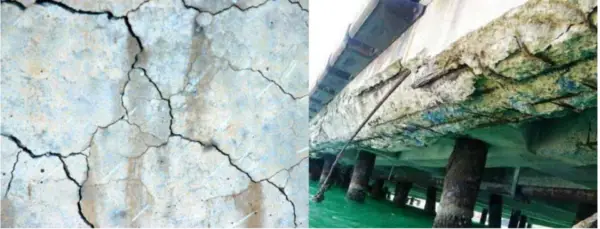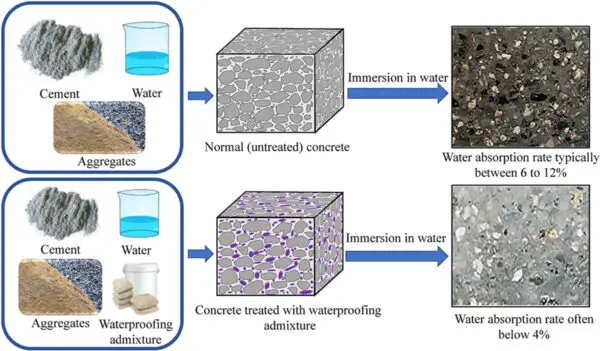Concrete is one of the most widely used materials in the construction industry. However, defects and deterioration can develop, compromising structural integrity or aesthetics.
Understanding common concrete defects and appropriate repair methods ensures durability and safety.
What are Defects of Concrete
Defects in concrete result from issues with the mixing, placement, or curing process, resulting in non-compliant finished concrete.
Common defects include cracking, spalling, surface deterioration, voids, honeycombing, and more.
These defects indicate concrete that has, or will soon become, unsafe or unable to meet service requirements. Identifying defects early is crucial.
Types of Concrete Defects
Cracks: Stress accumulation during curing or structural loading leads to cracks. Crack width and type indicates seriousness.
Spalling: Flaking, chipping, or peeling concrete fragments. Causes exposure of steel rebar to corrosion.
Scaling: Flaky deterioration near joints or edges on concrete surfaces. Due to freeze-thaw cycles or physical/chemical erosion.
Blistering: Localized dome-like formations on the concrete surface. Trapped moisture under the surface tries to escape.
Honeycombs: Voids in the concrete with ragged edges, resembling a honeycomb. Due to inadequate vibration during placement.
Delamination: A planar separation along weak zones parallel to the surface. Reduces load-bearing capacity.
Popouts: Small spalled areas with exposed aggregate. Due to contamination before hardening or expansion issues.
Surface Deterioration: General erosion, etching, staining etc. Caused by environmental exposure over time.

Causes of Defects in Concrete
Improper concrete mix design, construction errors, adverse environments, poor finishing, and structural issues can all cause defects. Understanding key factors helps mitigate problems:
- Excess water reducing strength
- Insufficient compaction when pouring
- Curing issues like rapid drying or freezing
- Late saw-cutting of control joints
- Exposure to chemicals, acids, sulfates
- Alkali-silica reactivity creating cracks/gels
- Reinforcement corrosion expanding rebar
- Freeze-thaw damage and physical erosion
Prevention Methods for Defects in Concrete
Quality control is critical for defect prevention:
- Appropriate mix design and water ratio
- Following standards for steel placement
- Proper compaction and vibration during pouring
- Cover concrete appropriately for environment
- Adequate curing for strength development
- Seal surfaces against exposure
- Saw cut joints before uncontrolled cracks occur
- Protect from chemical contact during construction
- Use air-entrainment in cold climates
Identifying Cracks in Concrete Walls
Inspect walls for location, width, pattern and progression of cracks to judge severity. Referencing crack mapping standards helps. Seal non-structural micro and hairline cracks. Monitor active cracks indicating ongoing movement or failures. Use injection epoxy or rout-and-seal techniques for more robust repairs.
Repairing Concrete Cracks Before Painting
Repair cracks exceeding 0.5 mm following International Concrete Repair Institute Guidelines:
- Route cracks into a “V” shape using a special router blade
- Clean cracks by water blasting and drying
- Fill entire “V” with epoxy filler bonding compound
- Smooth epoxy flush with the concrete face
- Confirm filler has cured before applying paint
Water Leakage Through Cracks in Concrete Basement Walls
Water infiltration can lead to seepage, flooding issues, mold formation and foundation instability. Epoxy injection procedures can seal leaking cracks effectively:
- Identify widest crack areas for port installation
- Drill angle ports staggered along the length of cracks
- Seal crack face with surface-mount gaskets
- Inject low-viscosity epoxy under pressure
- Evaluate epoxy use volume to identify severe leakage areas
Seal Cracks in Poured Concrete Foundations
Sealing cracks in foundations requires repairing the entire depth of the member. Use flexible polyurethane injections for deep foundation applications:
- Install injection ports with rapid-set cement
- Seal cracks on accessible faces as needed
- Pump low-viscosity polyurethane into ports under pressure
- Continue injection until ports refuse more material
- Monitor other faces for continued leakage
Concrete Spalling Repair Products
For minor spalling, patch compounds like polymer-modified cementitious mortar work well. Where deterioration extends deeper or structural repairs are needed, consider:
- Epoxy injection to deeply seal cracks associated with spalled areas
- Rebar coating epoxy to protect exposed steel from corrosion
- Form and pour polymer/microconcrete compounds to rebuild missing mass
- Fiber-reinforced composites for structural strengthening
Symptoms of Concrete Cancer Deterioration
“Concrete cancer” describes the cracking, spalling, and destruction caused by steel corrosion expanding rebar. Symptoms signaling deterioration include:
- Pattern cracking – Indicating localized failure around rebar
- Brown stains – Due to rust leaching through concrete
- Spalling with exposed, corroded rebar
- Sudden concrete cover failure as rust expands rebar
Testing Methods for Concrete Durability Issues
Non-destructive test methods are available to assess concrete issues:
- GPR scanning checks for subsurface flaws
- Impact echo tests vulnerability to delamination
- Rebar locators identify steel placement errors
- Acoustic emission listens for micro-fracturing
- Corrosion rate instruments monitor steel deterioration
- PET scans measure moisture movement through concrete
Repairing Honeycombing Defects in Finished Concrete
Honeycombs are best repaired after framework removal but before formwork collapse. Methods include:
- Chipping away loose material
- Surface application of patching mortar
- Sealing honeycomb interior to strengthen repairs
- Matching patch texture/color to surrounding surface

Concrete Delamination Testing Standards ASTM
ASTM D4580 provides testing procedures to identify delaminated concrete on bridges, pavements and parking structures:
- Drag-chain survey – Detects delaminated areas through sound
- Hammer sounding – Audibly identifies disbonded regions
- Impact echo – Geophones listening for flaws
- Ground penetration radar – Subsurface discontinuity scanning
Causes of Scaling Deterioration in Exterior Concrete
Surface scaling is often traced to freeze-thaw damage when water seeps into concrete pores, expands upon freezing, and deteriorates the surface.
Deicing salts chemically interact with concrete over time also causing scaling. Use of proper air-entraining admixtures, limiting water content, maintaining lower w/c ratios, and enforcing adequate curing procedures helps minimize scaling.
Conclusion
Identifying defects accurately, following best practice repair procedures, implementing rigorous quality control methods, and using preventative maintenance protects concrete integrity.
Understanding common issues like cracking patterns, symptoms signaling deterioration, inspection techniques, and resistant mix proportions allows for appropriate building safety and service life extensions.







